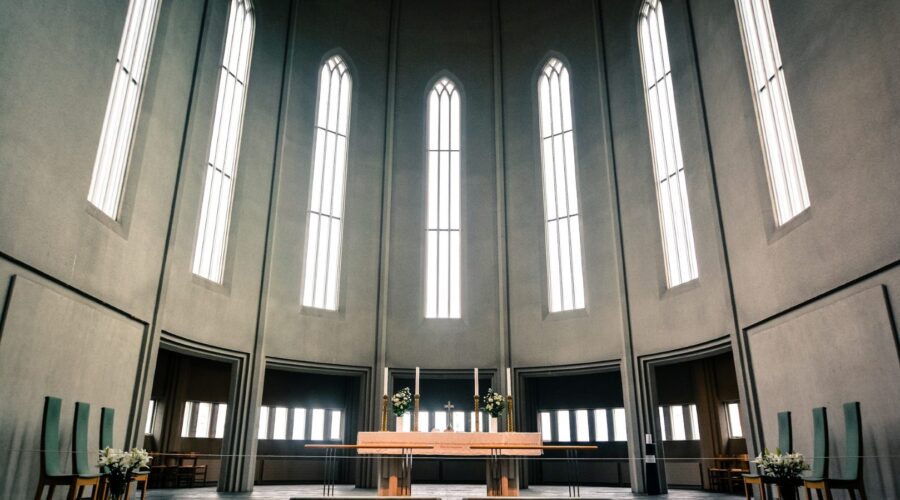Your cart is currently empty!
Unveiling Orthodox Religion: A Comprehensive Guide to Beliefs, Practices, and Traditions

Introduction
Orthodox religion encompasses a rich tapestry of beliefs, practices, and traditions that have profoundly shaped the lives of countless individuals throughout history. This comprehensive guide delves deep into the intricacies of Orthodoxy, exploring its history, doctrines, sacraments, and significance in the lives of its adherents.
History and Origins
Orthodox religion traces its origins to the early days of Christianity, claiming apostolic succession from the teachings of Jesus Christ and the original apostles. Following the Council of Chalcedon in 451 AD, the Eastern Orthodox Church separated from the Western Catholic Church, establishing an independent ecclesiastical tradition that has endured for centuries.
Key Beliefs
- Monotheism: Belief in one God, the Trinity: Father, Son, and Holy Spirit.
- Christology: Jesus Christ as both fully divine and fully human, born of the Virgin Mary and crucified for the salvation of humanity.
- Incarnation: The belief that God became fully human in the person of Jesus Christ, uniting the divine and human natures.
- Resurrection: The belief that Jesus Christ rose from the dead, conquering sin and death.
- Sacraments: Seven sacraments, including Baptism, Eucharist, and Confession, are believed to convey grace and strengthen the bond between believers and God.
Practices and Traditions
- Liturgy: Orthodox liturgy involves elaborate rituals, prayers, and hymns, often accompanied by incense and iconography.
- Fasting: Periods of fasting and abstinence from certain foods are observed throughout the year to prepare for major feasts and as a spiritual discipline.
- Pilgrimage: Pilgrimage to holy sites, such as Mount Athos, Jerusalem, and Kiev, is regarded as a spiritual journey to connect with the saints and seek blessings.
- Iconography: Orthodox Christians venerate icons, which are believed to be windows into the divine and to facilitate prayer and connection with the saints.
- Eastern Tradition: Orthodox Christianity emphasizes the importance of Eastern philosophy, particularly Neoplatonism, in interpreting Christian teachings.
Branches of Orthodox Religion
- Greek Orthodox: The largest branch, based in Greece and Cyprus, but also present worldwide.
- Russian Orthodox: The second largest branch, with a strong presence in Russia and other Slavic countries.
- Serbian Orthodox: The predominant church in Serbia, which has played a significant role in the country’s history and culture.
- Antiochian Orthodox: A branch originating in the Middle East, primarily in Syria and Lebanon.
- Coptic Orthodox: A branch that emerged in Egypt, preserving ancient traditions and rituals.
Contemporary Significance
- Spiritual Guidance: Orthodox religion provides spiritual guidance, comfort, and community for believers.
- Cultural Heritage: It preserves and enriches cultural heritage through its art, music, architecture, and traditions.
- Interfaith Dialogue: Orthodox Christianity engages in interfaith dialogue with other religions to promote understanding and cooperation.
- Social Justice: Many Orthodox churches are actively involved in social justice initiatives, advocating for the poor, marginalized, and oppressed.
- Mission Work: Orthodox missionaries spread the faith and establish new communities in various parts of the world.
Conclusion
Orthodox religion offers a profound and enduring spiritual path that transcends cultural boundaries and time. Its beliefs, practices, and traditions provide believers with guidance, meaning, and connection with the divine. As a living and vibrant faith, Orthodoxy continues to shape the lives of millions worldwide, inspiring a deep sense of purpose, community, and hope.